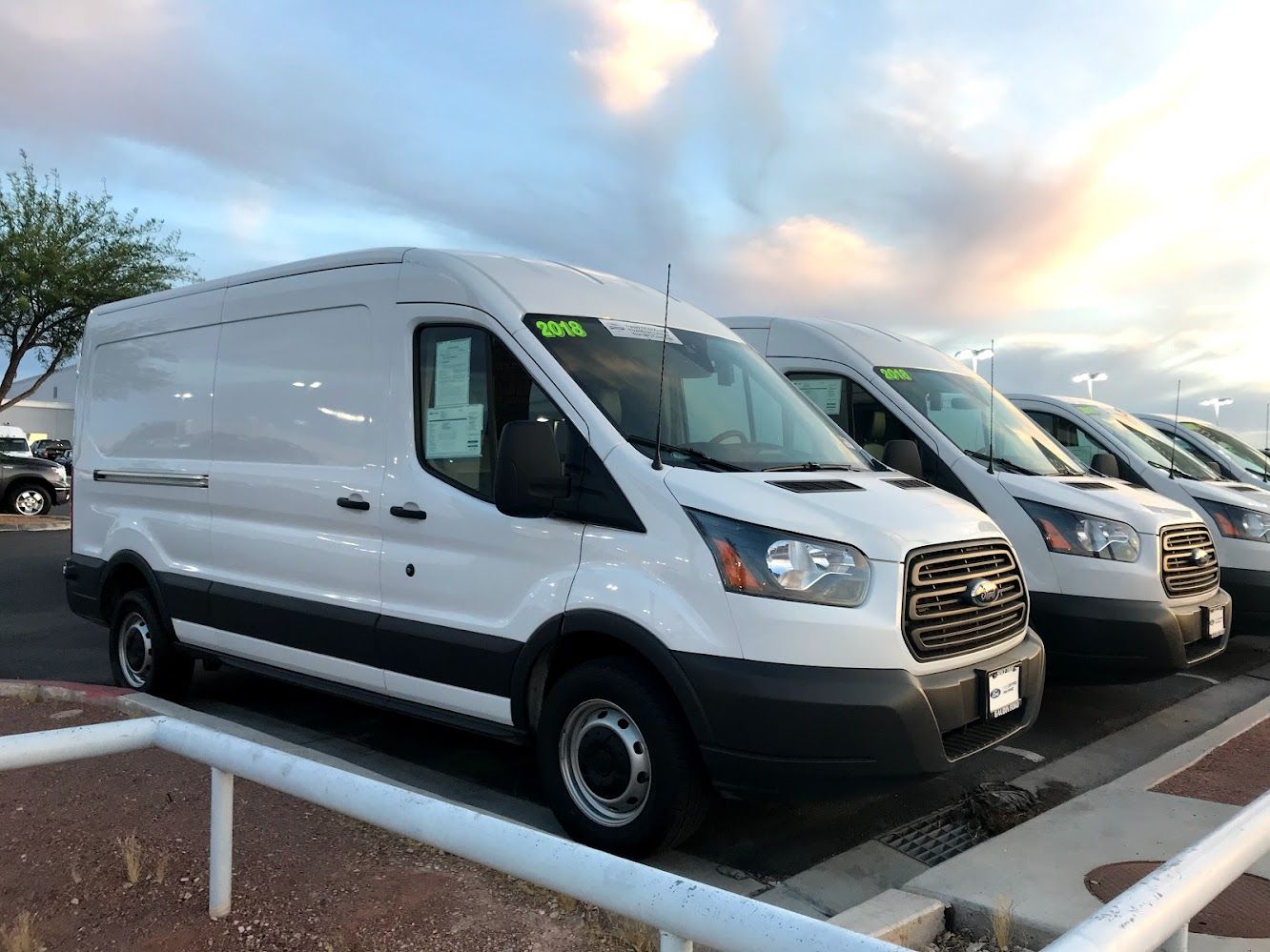With federal cannabis legalization on the table and rapid advancements in delivery technology, the future of cannabis delivery in the U.S. could be headed for a significant transformation. What is now a patchwork of state-by-state regulations and fragmented delivery services could evolve into a streamlined, nationwide logistics powerhouse—combining convenience, compliance, and cutting-edge tech.
From State-Limited Service to National Reach
Currently, cannabis delivery is constrained by state laws that prohibit the transport of cannabis across borders. If federal legalization passes, dispensaries and distribution companies could operate coast-to-coast, opening the door to national cannabis e-commerce platforms. Think of a scenario similar to Amazon or DoorDash, where consumers can browse products from dispensaries across multiple states and have them shipped securely to their doorsteps.
Such a system would normalize cannabis purchases and enhance access for medical and adult-use consumers alike, especially in rural areas where dispensaries are scarce. It would also support a stronger, more interconnected supply chain that could move products faster, safer, and more efficiently than today’s siloed systems.
The Rise of Automated Delivery
Autonomous vehicles and drone technology are no longer science fiction. Should cannabis become federally legal, the integration of automated delivery options could be the next major evolution. Delivery vans equipped with secure storage, facial recognition for ID verification, and real-time GPS tracking could be deployed across urban and suburban regions.
Meanwhile, drones may serve hard-to-reach rural customers or deliver micro-orders such as a single vape cartridge or pre-roll. These technologies would not only increase delivery speed but also reduce labor costs and enhance product safety through tamper-proof compartments and environmental controls.
Smart Inventory, AI, and Predictive Logistics
The backbone of the future cannabis delivery system will likely be powered by artificial intelligence (AI). Predictive analytics could help dispensaries and distribution centers forecast customer demand, manage inventory, and route deliveries more efficiently.
AI-powered chatbots and virtual assistants may assist customers in selecting the right products based on past orders, preferences, or desired effects—improving personalization and overall satisfaction. Blockchain could also play a pivotal role in verifying supply chain integrity, ensuring that each product is lab-tested, tracked, and compliant from seed to sale.
Secure Payments and Fintech Innovation
Federal legalization would remove one of the largest barriers in the cannabis industry: limited access to traditional banking and payment processing. With financial institutions finally able to engage with cannabis businesses, consumers would likely benefit from a variety of secure and seamless payment methods, including credit cards, mobile wallets, and even cryptocurrency.
Loyalty programs could be integrated across platforms, allowing points or rewards to be redeemed regardless of the dispensary or state. Fintech innovations would also ensure regulatory compliance for age verification, purchase limits, and taxation—eliminating much of the current friction between customers and vendors.
A More Inclusive, Transparent Industry
As cannabis delivery becomes more sophisticated, equity and transparency will play a larger role. Tech platforms could offer tracking for every order, live delivery updates, and detailed product information. Companies with a focus on sustainability and social equity may be prioritized by customers who value conscious consumption.
In this future, cannabis delivery won’t just be about convenience—it will be about creating a safer, smarter, and more equitable experience for everyone involved.
Looking Ahead
If federal legalization becomes a reality and current technologies continue to evolve, the cannabis delivery industry could mirror the efficiency of today’s biggest tech-driven logistics platforms. With automation, national access, AI tools, and secure payment options, the future is high—on innovation.






